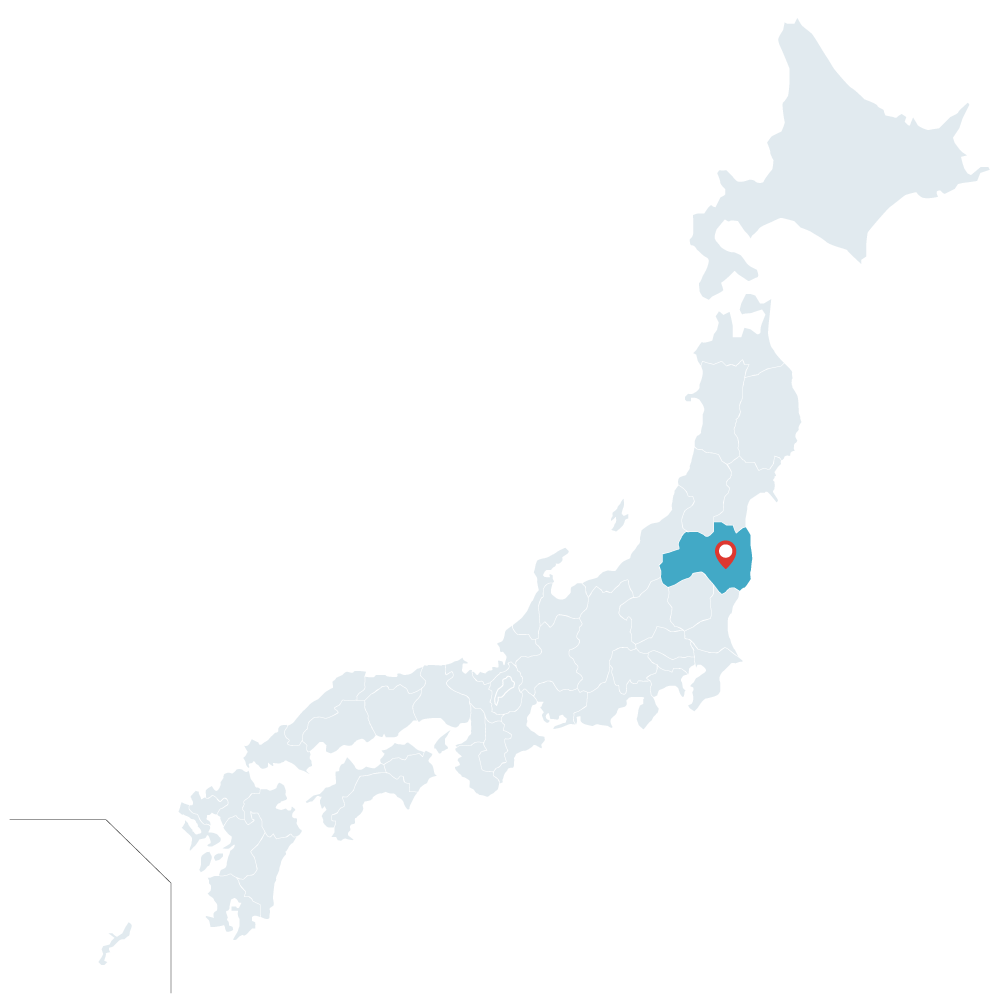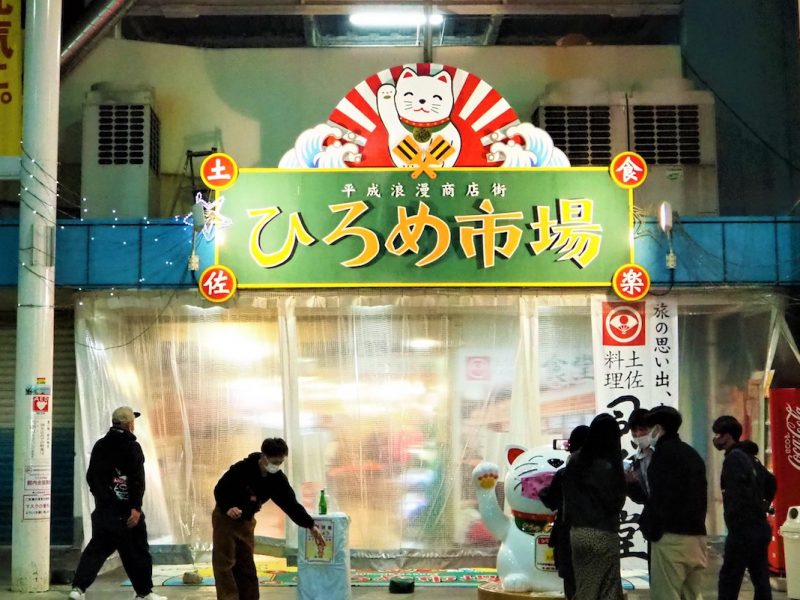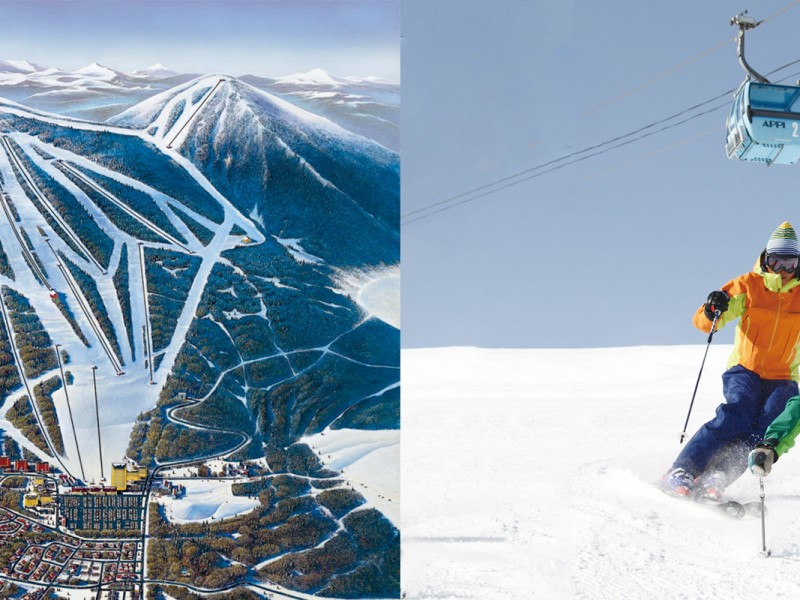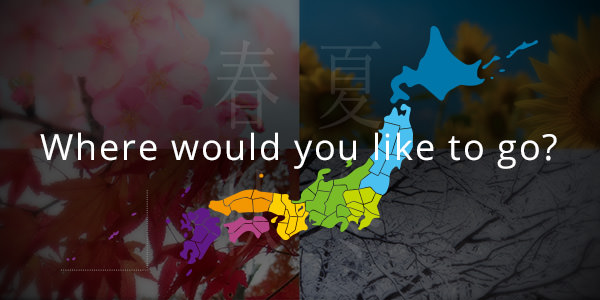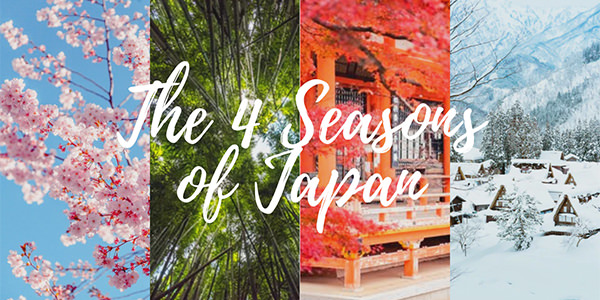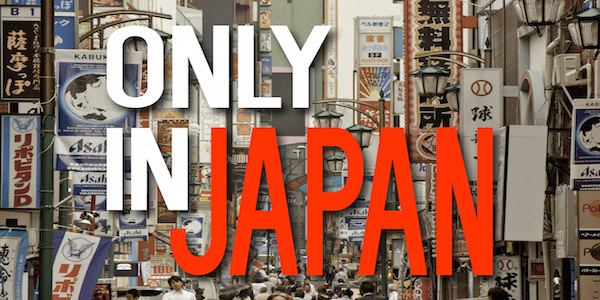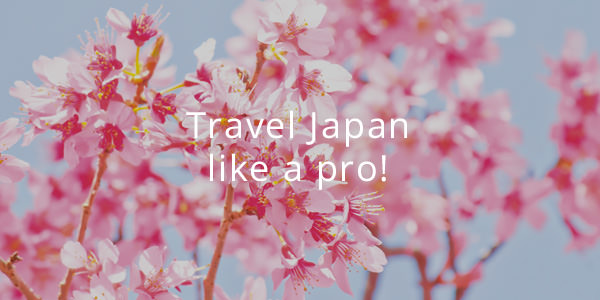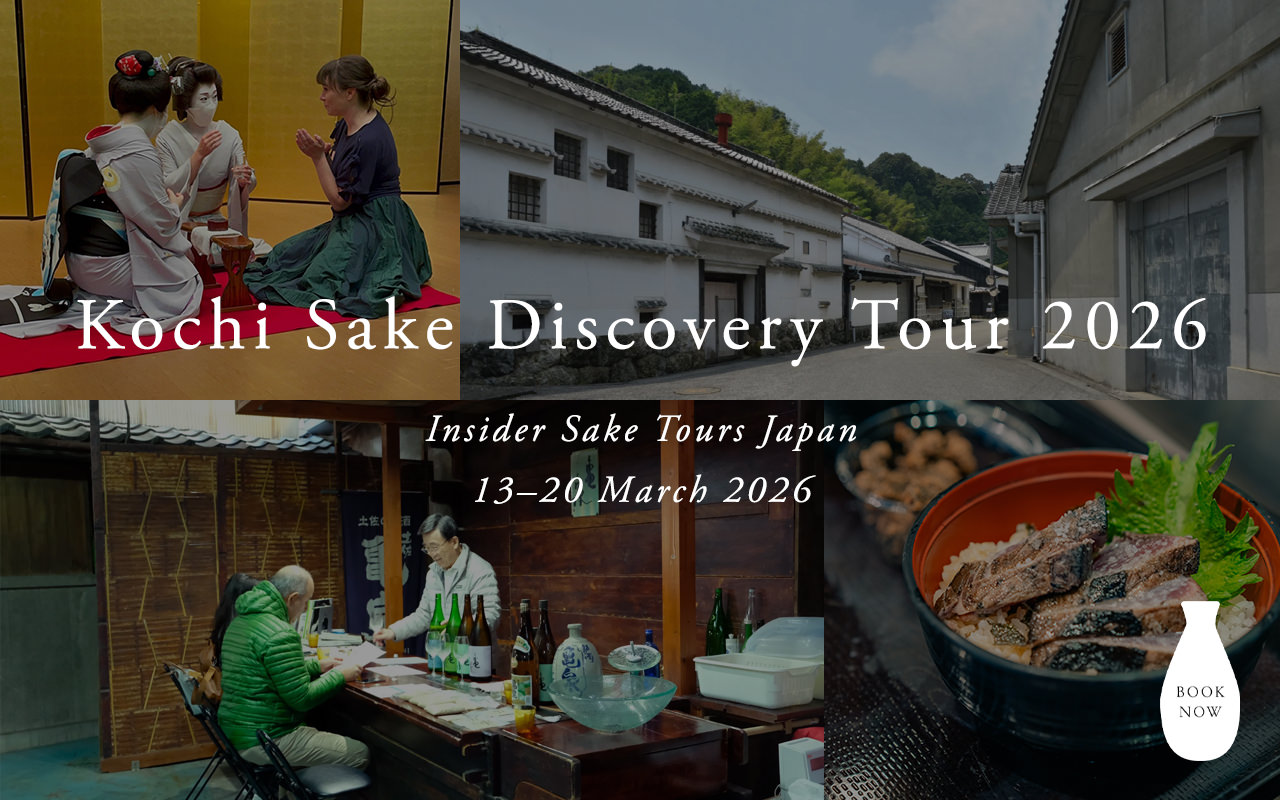Aizu, a region renowned for its pristine nature and rich history, has launched a new website, DISCOVER AIZU, dedicated to providing comprehensive information for winter sports enthusiasts.
In collaboration with Bandai Town, Kitashiobara Village, and the historic city of Aizu-Wakamatsu, DISCOVER AIZU offers a unique blend of powder snow skiing and cultural experiences. The website is a one-stop shop for travellers seeking unforgettable winter adventures in Japan.
Visit the website to learn more.
DISCOVER AIZU

 | Temperature: 12
| Temperature: 12